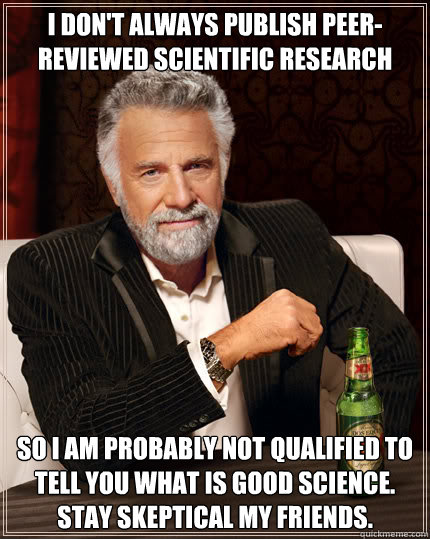This week, I and many of my friends and colleagues mourned the loss of the great Princeton theoretical physicist, John Bahcall. “The New York Times has a lovely article summarizing his contributions to U.S. and global science”:http://www.nytimes.com/2005/08/19/nyregion/19bahcall.html?ex=1282104000&en=bb5de594ced89543&ei=5089&partner=rssyahoo&emc=rss.
John’s most famous insight was his very detailed model of the sun and its intricate nuclear properties. Through his model we gained a deep understanding of the reasons for the efficacy of our nearest star. He suggested to friend and colleague Ray Davis that one could use neutrinos, produced in the sun’s nuclear reactions, to “see” the internal workings of the sun. John’s prediction of the neutrino efflux from the sun and Ray’s neutrino detector led to one of the 20th century’s greatest insights into nature: neutrinos, produced in the heart of the sun as electron-type neutrinos, change into one of the other two kinds of neutrino on their long journey from the sun. This results in a detected “deficit” of electron neutrinos from the sun.
The original experiment by Davis showed that Bahcall’s model appeared to overpredict the neutrino flux from the sun. In experimental physics, we normally giggle and joke about theorists when they make predictions that turn out to be wrong. Bahcall’s model, which appeared right in every other way, seemed way off on the neutrinos. He spent a lot of time pointing out that this might be a new and interesting effect that warranted more study.
Davis’ experiment was done with a neutrino detector made from cleaning fluid in a gold mine, to shield it from cosmic rays. That was 1964. It wasn’t until the late 1990’s and early this century that the new field of neutrino astronomy, started by the interesting discrepancy noted by Davis and Bahcall, showed that the neutrino is an elusive shape-shifter. This ability to change flavor – for electron neutrinos to change to muon neutrinos, or tau neutrinos, or any combination of these – implied that the neutrino, long thought massless, actually had a very tiny little mass.
We would all do well to learn from the example set by John Bahcall. Faced with a gap between what his detailed and otherwise accurate solar model predicted, and what was in nature, he didn’t give up and he didn’t shrug off the possiblity that this implied something new and exciting. He didn’t invoke superstition, he didn’t assume that the solar theory was broken or wrong, and he didn’t give up. It’s a credit to him, and to the hard work of all the scientists who invested their lives to the careful and patient study of the neutrino, that after so much investigation we finally understand something about the universe we never knew before.
That is science. That is what this is all for. Hypothesis, experiment, confirmation or refutation. That is science.




